- Details
- Written by: Emma Hudelson
- Category: Learn
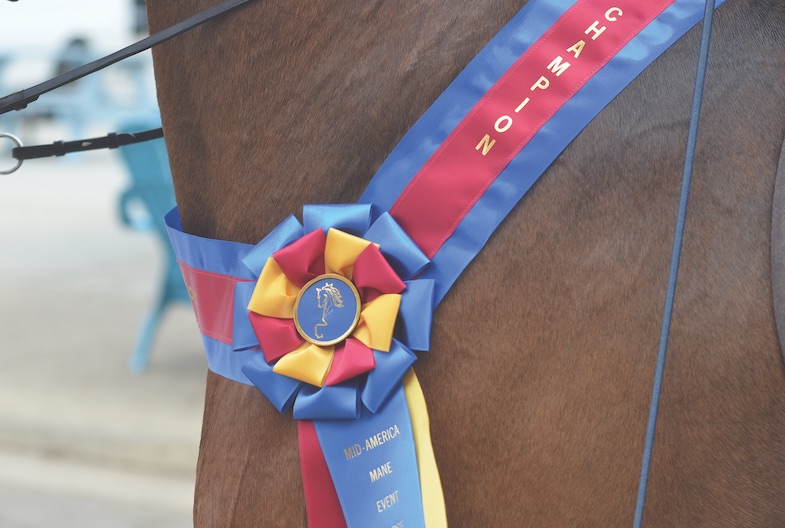
As the COVID-19 pandemic continues, every business sector in the country is affected. This is an unprecedented era, and like everything else, the Saddlebred industry is taking a hit – at a time when everyone should be gearing up for show season. The early spring shows are the place for new teams to debut, junior horses to show off how they’ve grown since their three-year-old season, and seasoned veterans to shake off the winter dust and get back in show shape. Normally, these are important times for anyone who answers the gate call, but this year is going to be different.
Cities and states are becoming more cautious about large gatherings, including horse shows. As of Wednesday, April 1, 27 industry events all over the country have been shut down or closed to the public. There’s no telling how many more will need to be canceled to keep everyone safe. This is hard for all involved. Exhibitors might be disappointed at not getting to make their season debut, but trainers, instructors and barn staff face potential income cuts, and Saddlebred state and regional associations could be struggling to handle things like entry fee returns. What can the average exhibitor do? How can we plan for show season during a time when we are told to #CancelEverything? Is it even safe to go to the barn anymore? There are no easy answers, but some individuals are coming up with unique ideas on how to stay involved with and support the industry during these turbulent times.
- Details
- Written by: jennifer w maclean
- Category: Learn
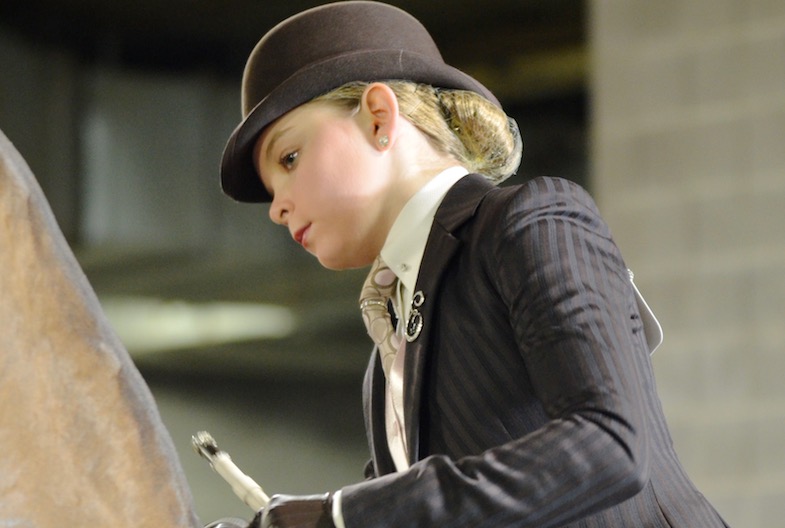 Now that the New Year is in full swing, it is time to look ahead to the most wonderful time of the year … horse show season! It is likely that your horse is working hard to bring his best to the show ring for the new season, and you should be, too.
Now that the New Year is in full swing, it is time to look ahead to the most wonderful time of the year … horse show season! It is likely that your horse is working hard to bring his best to the show ring for the new season, and you should be, too.
One important piece of preparing for the upcoming season is the mental aspect. While it may seem strange to non-equestrians, every rider knows that preparing mentally for show season is a critical component to success in the ring, and that attitude and planning are key to competition. Here are just a few strategies that can be used to set yourself up to achieve show ring success in 2020.
- Details
- Written by: Julie Unger
- Category: Learn
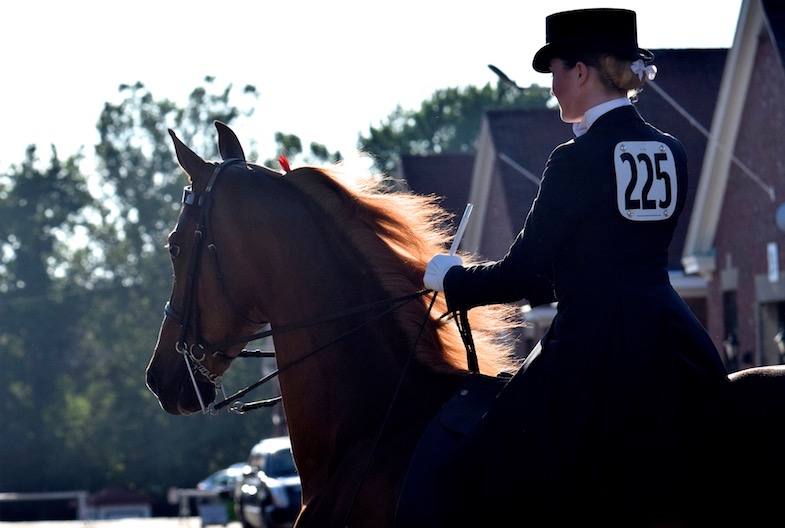 With a new decade comes new changes for the Saddlebred community with the introduction of the ASHA’s Star Show program as well as with the Monarch Show Series and its Monarch National Championship.
With a new decade comes new changes for the Saddlebred community with the introduction of the ASHA’s Star Show program as well as with the Monarch Show Series and its Monarch National Championship.
Both are designed to make equestrian sport more accessible and to help renew what might be considered waning interest.
The last few months have been a whirlwind for Monarch Show Series National Championship Co-Chairs Carol Matton and Donna Pettry-Smith, as well as Executive Secretary Kristen Pettry.
“We are trying to provide an event that’s unlike anything else in the horse industry, and we want it to be very inclusive of everyone,” Donna said. “We want to provide everybody with great customer service, we want everyone to feel important in the horse show, and that they’re valued, and that they’re valued in the American Saddlebred industry. Everyone’s going to get the royal treatment. We’re going to have great trophies and parties; we’re going to roll out the red carpet.”
Donna and other members of the committee, prior to the creation Monarch Show Series and Monarch National Championship, were discussing a topic they feel is plaguing the sport – that there is plenty of competition available at the academy level with the National Academy Championship, and the elite level with the World’s Championship Horse Show, but there is a gap in between the two.
- Details
- Written by: Julie Unger
- Category: Learn
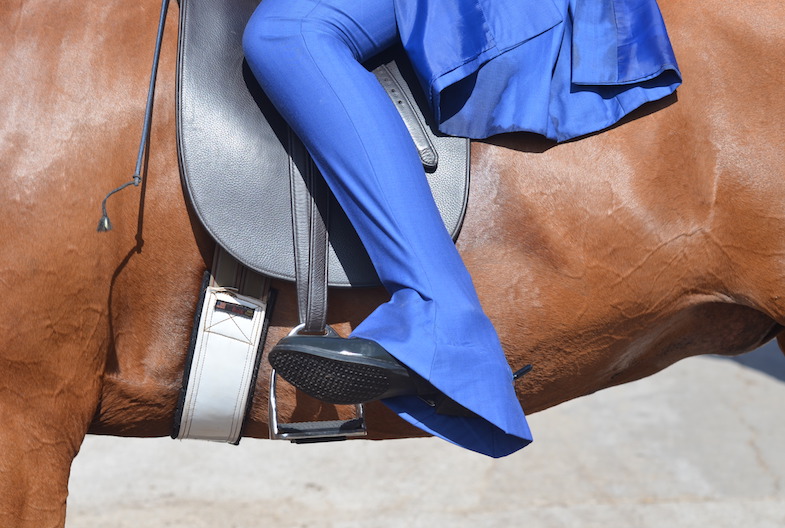 Once again it’s “No Stirrup November,” which is celebrated not just in the saddle seat world, but across all equestrian disciplines. But, as it does each year, this unofficial month-long celebration raises the question … Is going without stirrups actually a good thing?
Once again it’s “No Stirrup November,” which is celebrated not just in the saddle seat world, but across all equestrian disciplines. But, as it does each year, this unofficial month-long celebration raises the question … Is going without stirrups actually a good thing?
There is a philosophical divide within equitation – some believe no stirrup work is vital to the practice of equitation, while others believe it is without merit, and may actually hinder the rider’s posture in the saddle. Today, many patterns include no stirrup work, and many riders enjoy the challenge of it. However, Helen Crabtree, one of the most prominent equitation instructors in the history of saddle seat riding – and the woman who literally wrote the book on saddle seat equitation – never shied away from expressing her disapproval over riding without stirrups.
- Details
- Written by: Julie Unger
- Category: Learn
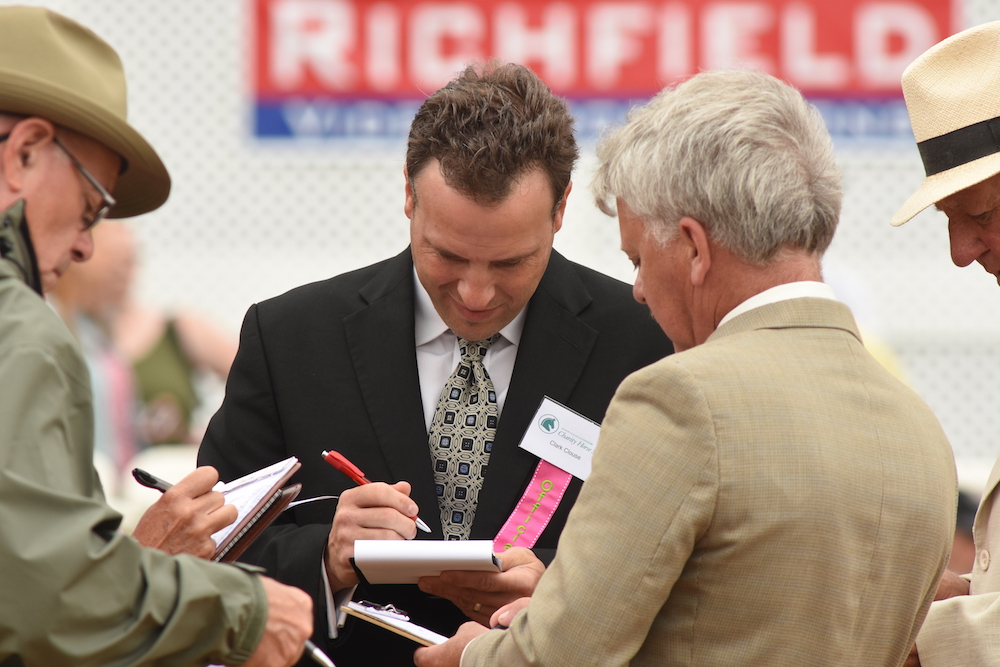 You bring your horse down from the canter and prepare for the final trot into the line-up. The class is over, and as you join the other horses and riders in center ring, you’re mentally walking through your performance – every canter lead and gait change. You guys did great, except for that one little flub, but you don’t think the judges noticed. Just a few more steps, and you’re next to the other horse and rider combinations. That’s when you look down, contemplating how you will smile humbly and accept your ribbon, when you notice in horror just how dirty your boots are. Maybe the judges won’t care. At least, you hope they don’t.
You bring your horse down from the canter and prepare for the final trot into the line-up. The class is over, and as you join the other horses and riders in center ring, you’re mentally walking through your performance – every canter lead and gait change. You guys did great, except for that one little flub, but you don’t think the judges noticed. Just a few more steps, and you’re next to the other horse and rider combinations. That’s when you look down, contemplating how you will smile humbly and accept your ribbon, when you notice in horror just how dirty your boots are. Maybe the judges won’t care. At least, you hope they don’t.



